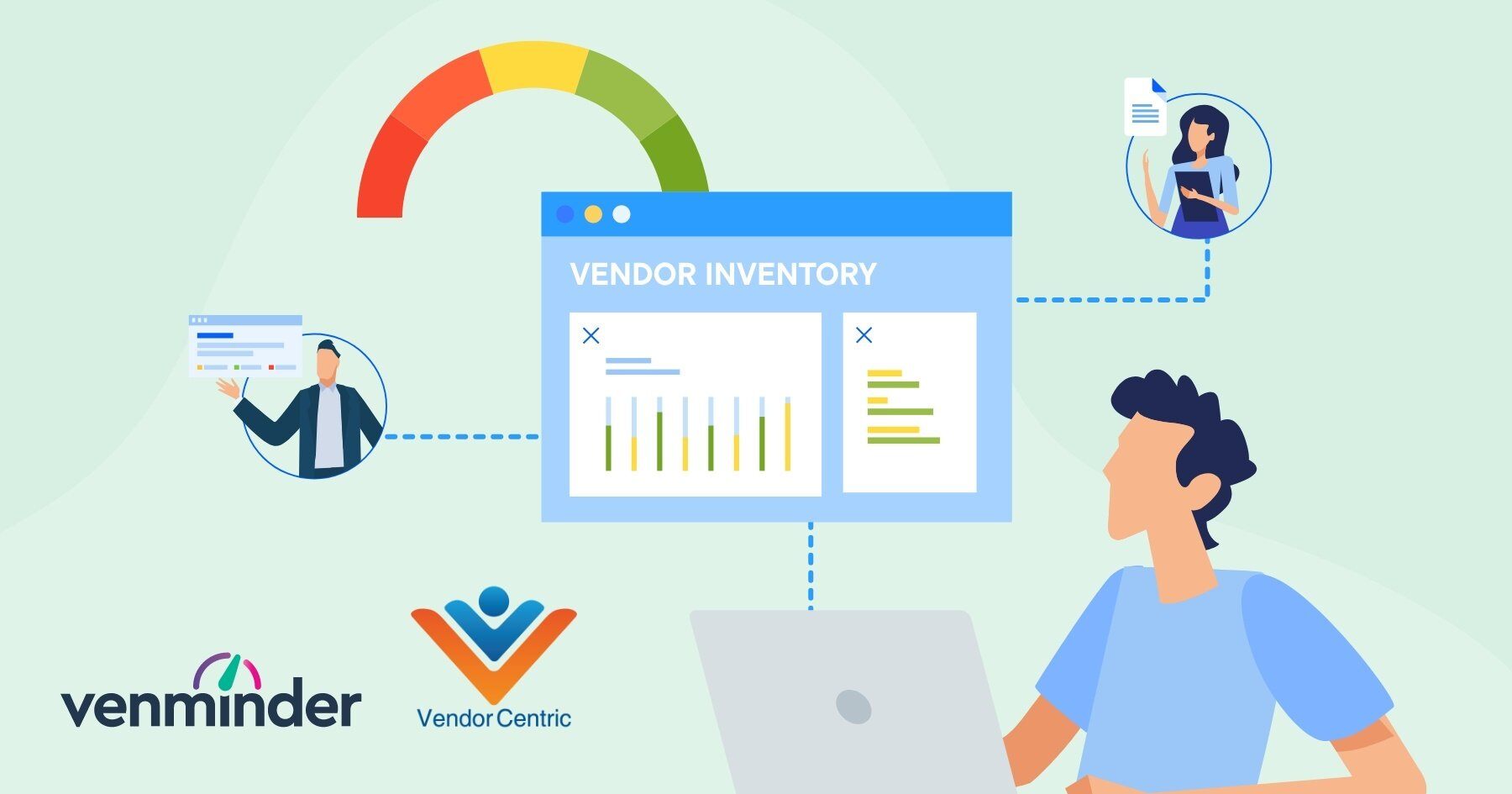This blog was written in collaboration between Venminder and Vendor Centric. Vendor Centric is a trusted Venminder partner and vendor management consultancy using a proven framework to support Venminder clients across multiple industries transform vendor management from a disjointed set of activities to a holistic, streamlined business function that produces results.
With more organizations relying on vendors for products and services, managing third-party risks has never been more crucial. This is especially true as vendor inventories continue to expand. It's not just about managing the risks associated with third parties themselves anymore, but also those of their vendors, and their vendors' vendors, and so on – these are known as fourth and nth parties.
Even though your organization can't directly manage these downstream organizations, it's crucial to understand that they can still bring their fair share of risks. So, let's explore some smart strategies to handle these risks, especially when resources are tight and you’re dealing with a long list of third-party vendors.
Strategies to Manage Fourth- and Nth-Party Risks
Given that your organization lacks a direct relationship or contract, imposing risk management requirements on fourth and nth parties isn't possible or practical. So, you should concentrate on what you can manage by ensuring your third parties maintain strong third-party risk management practices and appropriately oversee their vendors. This is not only a best practice, but also a common regulatory requirement.
To work smarter, not harder, you need to know where to start, what to consider, and which actions to take, especially when dealing with a large third-party vendor inventory.
Implementing these practical strategies can help your organization manage fourth- and nth-party risks more effectively and efficiently:
- Start with your critical third-party vendors. Critical vendors are essential to your operations, can impact your customers, or draw increased regulatory scrutiny if they fail. It's necessary to consider your critical third parties' dependencies on their vendors. What would happen if those fourth and nth parties were to have issues? How would that impact your direct vendor and ultimately your organization? Require your critical third-party vendors to disclose which of their vendors are instrumental in providing products and services to you, as these fourth and nth parties can negatively impact your organization or its customers. Once you’ve addressed your critical vendors, you can work through the list, paying attention to high-risk vendors and those that may offer complex products or services.
- Thoroughly review and assess your third party's vendor risk management program. Understanding how your third parties manage their own vendors is essential for managing fourth- and nth-party risks. You should review their third-party risk management policy and procedures. Here are some questions to consider as you review:
- Do they follow the third-party risk management lifecycle and have specific documented requirements for risk assessments, due diligence, contracting, ongoing risk and performance management and monitoring, and termination?
- Do they have a vendor inventory that identifies each vendor's product, service, and risk rating?
- How often do they perform risk assessments and what is the frequency of performance reviews?
- How do they identify and synthesize regulatory and legal requirements into their vendor contracts?
- How do they staff their internal third-party risk management function, and what kind of third-party risk management skills and expertise do they have?
- Do they perform third-party risk management audits to ensure the process is effective?
- Require proof of third-party risk management activities. Not only should your third parties have a program in place, but it should also be functional and effective. Ask for evidence of completed inherent risk assessments and examples of due diligence, including vendor risk reviews, performance management reports, risk assessment schedules, contract management activities, and audit reports.
- Ensure the third party has an issue management process. It’s not unusual for issues to arise in third-party relationships, whether it’s poor performance, increasing risk profiles, negative news, or aging or degrading controls. Your organization should verify the third party has a documented process to identify, escalate, and mitigate any issues that may arise with fourth and nth parties.
- Include third-party risk management requirements in the third-party contract. Even though your organization doesn't have contracts with fourth and nth parties, you can make your direct vendors responsible for managing them according to specific requirements. It's a good idea to mandate that third parties disclose any major changes involving fourth and nth parties and include provisions for the right to audit and review to ensure you can request and access information when necessary. Provisions that require the third party to notify your organization in the event of a significant issue involving their vendors, such as a cyberattack, data breach, or business continuity event, are essential for staying aware of issues beyond your direct oversight.
Note: While it's a best practice to secure a vendor's commitment to managing their third parties in the contract, your organization may be new to managing third-party or fourth-party risks, dealing with existing contracts with legacy third parties, or encountering pushback from third parties about including these provisions. Suppose your organization has a strong relationship with a third party. In that case, explaining why your organization needs to evaluate fourth-party risks and collaborating on practical solutions can be beneficial. However, if the third party is unwilling to work with you, your organization may need to decide if it will accept the risk until it's time to renegotiate the contract or until your organization can move on from the relationship.
You must manage risks associated with fourth- and nth-party vendors to protect your organization and its customers. Organizations can gain necessary insights by leveraging their direct relationships with third parties and reviewing their third-party risk management practices to further protect against fourth- and nth-party risks. Including specific requirements in third-party contracts is another risk management tool organizations should use. These steps are critical for safeguarding operations, ensuring compliance, and maintaining trust with customers and stakeholders.





.gif?width=1920&name=Sample-Graphic-Animation%20(1).gif)



